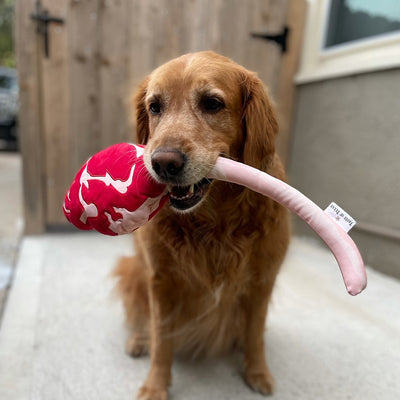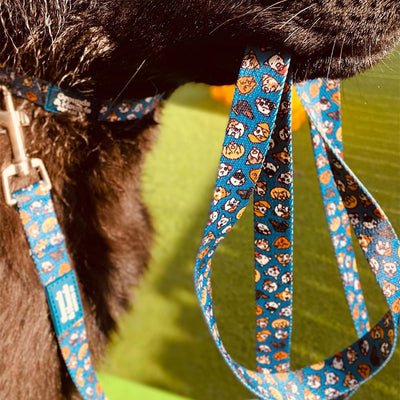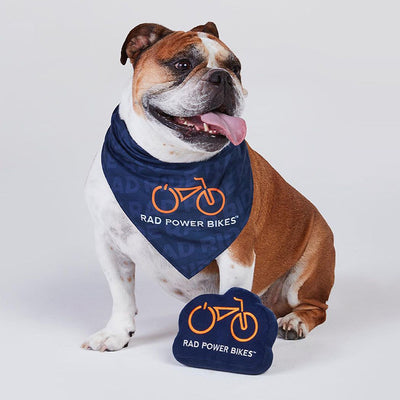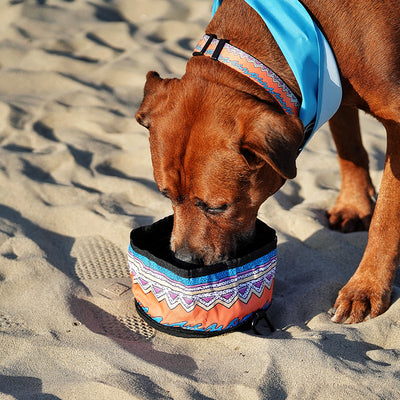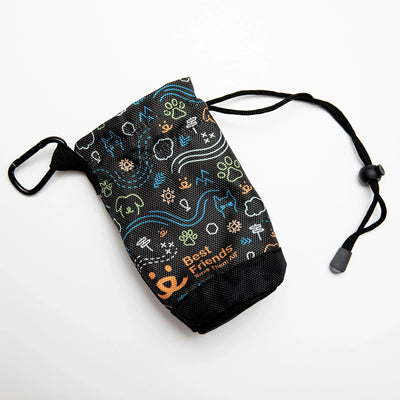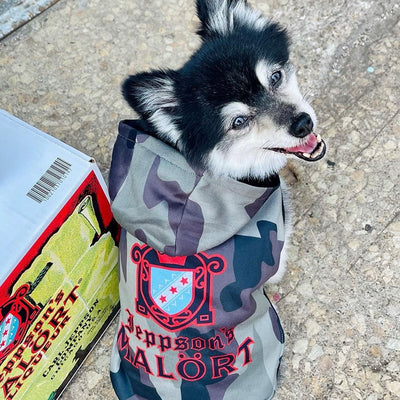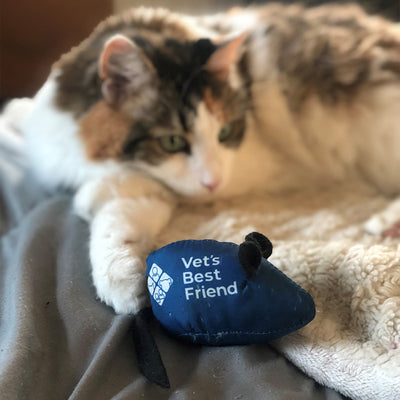Our canine companions bring boundless joy and love into our lives, and their wagging tails are a testament to the happiness they share with us. Yet, just like people, dogs also experience stress and anxiety. These can be triggered by everyday circumstances, such as changes in routine, separation anxiety, or fear of loud noises. Stressors like these are quite common, and though they might seem minor to us, they can result in considerable distress for our furry companions.
The impact of chronic stress and anxiety on dogs extends beyond temporary discomfort, potentially leading to more serious health and behavioral issues. Because dogs are unable to verbally communicate their discomfort, they might instead exhibit changes in their behavior such as aggression, excessive barking, or destructive actions. In some cases, stressed dogs can even come down with physical ailments such as digestive problems and lowered immune responses.
Given these potential risks to our pets' well-being, it's crucial that we, as responsible pet owners, take proactive measures to help manage and alleviate their stress. This PrideBites blog post will walk you through five simple, but effective tips for calming a stressed out or anxious dog.
1) Create a Time-Out Space for Your Dog
Your dog should have a safe, tranquil space in your home that they can retreat to when they feel stressed or anxious. This space could be a quiet room, a cozy corner with their bed, or even a crate–as long as it's a place where your dog feels comfortable and secure.
To keep it calm and disturbance-free, locate your dog’s “time-out” space away from any high-traffic areas in your house such as corridors and crowded, noisy rooms. You can add elements that your dog finds comforting, like their bed, personalized puppy blankets, and favorite toys. Whenever your dog seems anxious, guide them to this space and let them spend time there until they feel calmer.
Your dog’s safe space is meant to be a refuge, not a punishment zone. Never send your dog to this area as a penalty, as doing this could create negative associations and defeat the purpose of having a comforting retreat. Similarly, respect your dog's need for solitude when they retreat to this space and avoid disturbing them there unless it's absolutely necessary.
2) Identify and Remove or Help Address the Stressor
Keen observation can help you understand and better alleviate your dog’s stress. Though every dog is unique and may display different signs of anxiety, some common indicators include excessive panting, pacing, hiding, or showing unusual aggression. You may notice that your dog exhibits these behaviors in specific situations–perhaps when you're about to leave the house, during loud thunderstorms, or when unfamiliar guests visit your home.
Once you recognize these signs, you can begin to identify the underlying stressors. Is it separation anxiety that causes distress, or is it fear of loud noises or unfamiliar faces? Determining the source of stress will in turn give you insight on how you can alleviate it. For instance, if your dog is fearful of loud and sudden noises, providing a safe and quiet space during a storm or firework displays can help. For dogs experiencing separation anxiety, training them to gradually to become more comfortable with short periods of solitude can reduce their stress and put them at ease.
3) Perform Some Quick Training Exercises
Engaging your dog in simple training exercises will divert their attention from stressors and provide them with some much-needed mental stimulation. Whether it's basic obedience commands like “sit,” “stay,” or “come” or more complex tricks like “leave it,” the process of learning and executing these exercises can serve as a constructive outlet for your dog's energy and anxiety.
For best results, prioritize consistency in your approach to dog training. Schedule sessions at the same time each day to get your dog used to the routine. Do also keep the sessions short—15 to 20 minutes is usually sufficient—to avoid overstimulating your dog. Always remember to be patient and use positive reinforcement techniques such as verbal praise, petting, or treats to reward their progress. This makes the training session an enjoyable experience for your pet and will also strengthen the bond between you both.
4) Get Some Exercise
Physical activity relieves stress for anxious dogs in much the same way that stressed-out humans sometimes turn to jogging or yoga to calm down. Regular walks, a game of fetch in the backyard, or a visit to the local dog park can all help your pet burn off excess energy and decrease tension.
When planning exercise sessions, consider your dog's age, breed, and overall health. Young and active breeds may benefit from strenuous exercise, while older dogs might prefer gentle, leisurely walks to calm down. Whatever you do, make sure to monitor your dog during exercise to ensure they’re not overexerting themselves. Take intermittent rest breaks when necessary and bring along a water bottle to keep your dog well-hydrated during and after their workout.
5) Offer a Comforting Touch
Much like humans, dogs find comfort in gentle, loving touch. Physical contact doesn’t just calm your dog down when they’re anxious, but also helps bond the two of you. You could try stroking your dog's fur, giving them belly rubs, or even providing them with a calm, relaxing massage.
Take note of how your dog reacts to your touch. Remember that every dog is different, and what one may find comforting, another may not. Some dogs might enjoy a gentle massage, while others may prefer simple petting. Observe your dog's reactions and adapt accordingly.
In conclusion, our dogs depend on us to navigate the stresses and anxieties they encounter in their everyday lives. Be sensitive to your dog, and keep learning, adapting, and growing with them. Having you by their side to help them alleviate stress and anxiety will get them through their “dog” days and pave the way for happier, healthier ones.

